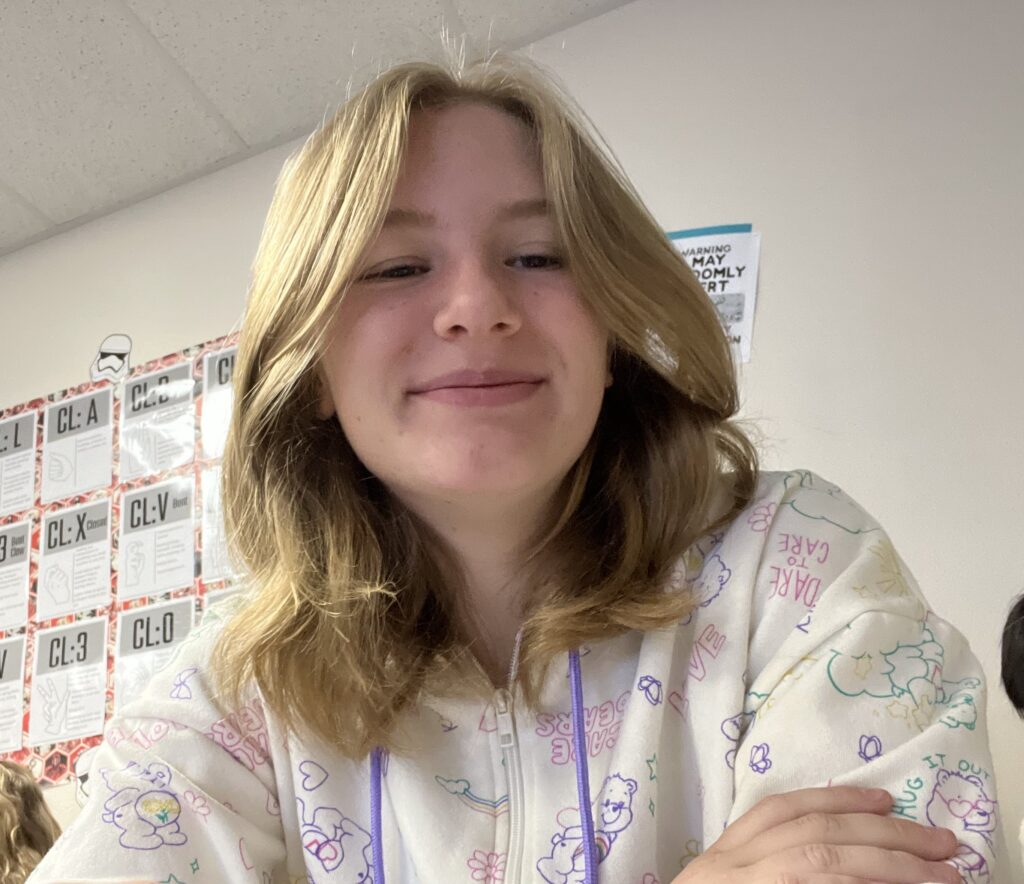At just 14 years old, Addison from Maricopa—West Valley is already making waves in the world of environmental science through her involvement in the Chief Science Officers (CSO) program. How this motivated teen became a youth STEM leader is, of course, impressive, but also an example of how a small seed of curiosity often blooms into a passion for making a positive impact.

Addison’s introduction to STEM and the CSO program came through a school presentation in her classroom that captivated her attention. She was drawn to the opportunity to take action in her community, and before she knew it, she found herself in the company of other passionate young STEM enthusiasts.
What fuels Addison’s interest in environmental science is deeply personal. Her mother’s battle with skin cancer led to her learning how the depletion of the earth’s ozone layer increases ultraviolet radiation on the Earth’s surface, which has been linked to an increased rate of skin cancer. This realization sparked Addison’s awareness of other environmental issues as well — an awareness that turned into a drive to combat climate change and protect the planet for future generations.
When asked about her role model in the field, Addison points to Greta Thunberg, the teenage climate activist who inspired millions worldwide. Thunberg’s book, No One Is Too Small to Make a Difference, left a lasting impression on Addison, shaping her commitment to environmental advocacy.
Recently, Addison has been eyeing career opportunities like becoming a climatologist or environmental engineer. Climatologists study Earth’s climate, analyzing patterns, data, and trends to understand and predict climate changes, while environmental engineers design solutions to environmental problems, focusing on water, air, and soil quality, waste management, and sustainability.
A career in the environmental sciences plays a crucial role in addressing pressing issues such as climate change, pollution, and habitat destruction. These scientists’ research and solutions not only protect ecosystems and wildlife but also ensure a sustainable and healthy environment for current and future generations to thrive.
This aligns perfectly with Addison’s overarching goal, which is to contribute to finding sustainable solutions that keep Mother Nature and its inhabitants safe.
Addison’s main message to her peers centers on the idea that environmental science isn’t just for scientists—it’s for everyone. Small actions, like recycling and picking up litter, can have a big impact on the planet’s future. Through the CSO program and her advocacy, Addison hopes to inspire others to get involved in becoming stewards of the environment.
In a world where every individual’s contribution matters, Addison is a shining example of how all of us can lead the way towards a greener, more sustainable future.